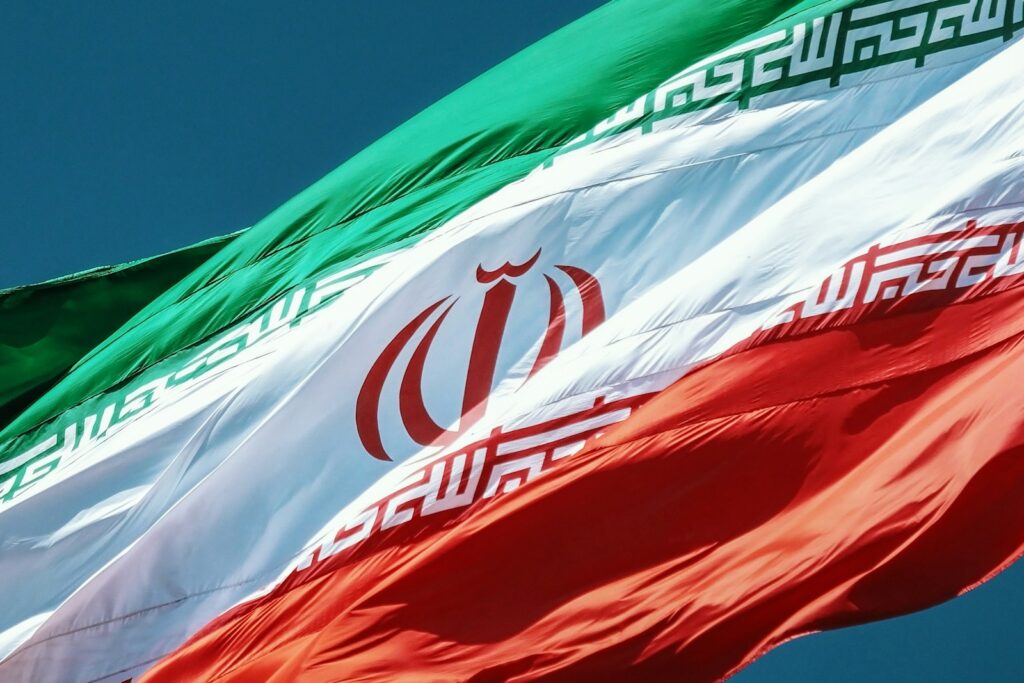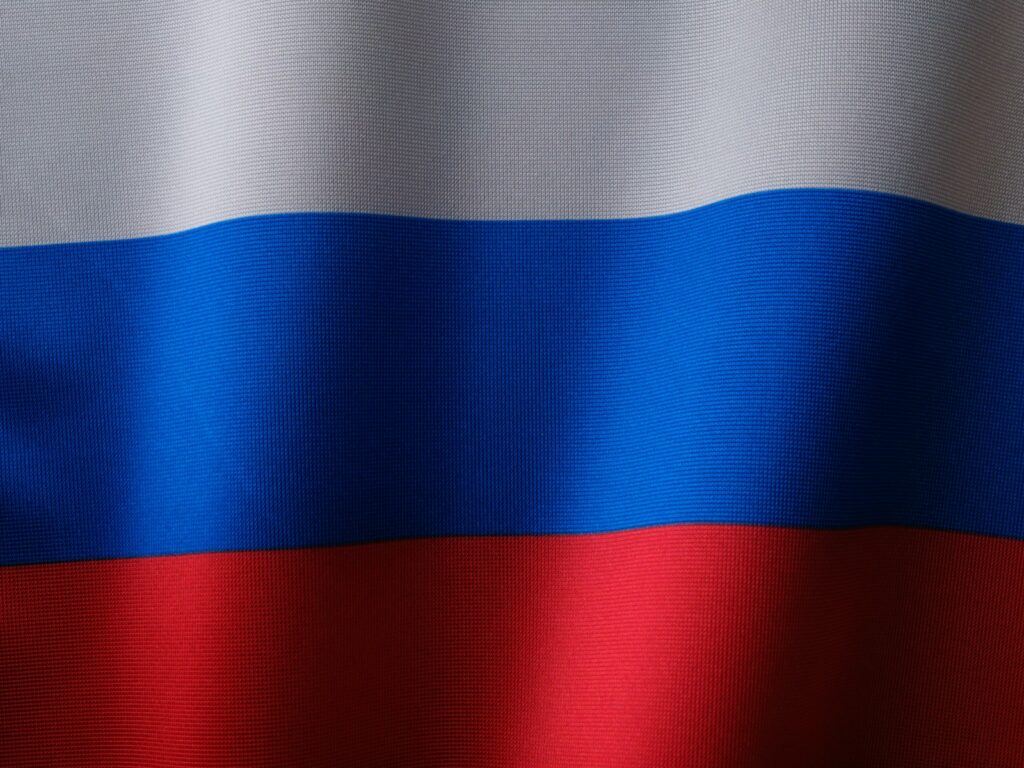Main Points:
- Russia and Iran are collaborating to establish a secure financial messaging system that would fully replace SWIFT.
- A comprehensive strategic partnership agreement has been signed, covering finance, defense, energy, technology, agriculture, culture, and more.
- Both nations aim to achieve full financial autonomy, bypassing Western pressures and sanctions, with optimistic projections for resolving key financial issues by 2025.
- The initiative is part of a broader trend towards decentralized, blockchain-inspired financial networks and alternative payment systems, resonating with those interested in cryptocurrencies and blockchain technology.
1. Background and Rationale: Moving Away from SWIFT
In recent years, the global financial landscape has witnessed increasing pressure on nations subject to Western sanctions and external economic influence. In this environment, Russia and Iran have emerged as two key players determined to reshape their financial infrastructures. Traditionally dependent on the SWIFT network for secure international financial transactions, both countries have found themselves at odds with a system they perceive as dominated by Western interests. This tension has driven them to explore alternative systems that not only safeguard their financial communications but also empower them with greater economic sovereignty.
The decision to abandon SWIFT is rooted in a long-standing desire for financial autonomy. For years, both Russia and Iran have faced sanctions that complicate their international transactions, often leaving them vulnerable to external political and economic pressures. By developing an independent and secure financial messaging system, these countries hope to insulate their banking sectors from the geopolitical risks that come with reliance on Western-dominated networks. This move is seen not just as a political statement but as a practical step towards establishing a resilient and secure global financial infrastructure.
2. The New Secure Messaging Channel: A Cooperative Venture
According to statements made by Iranian Ambassador to Russia, Kazem Jafari, the two nations are actively developing a confidential financial messaging channel intended to completely eliminate the need for SWIFT. This new system is designed to ensure the security and privacy of banking transactions and communications. The initiative involves creating protocols that are resistant to external tampering and interference, thereby fostering an environment where both nations can conduct financial operations free from the influence of Western institutions.
The creation of a secure messaging system is a complex undertaking. It requires harmonizing technology standards, ensuring interoperability between diverse banking systems, and establishing trust among stakeholders. In recent developments, both countries have reportedly begun preliminary testing of new protocols, drawing on experiences from similar alternative systems such as Russia’s SPFS (System for Transfer of Financial Messages) and Iran’s own attempts at creating indigenous payment networks. These early steps underscore a commitment to technological innovation and financial independence, reflecting a broader global trend towards decentralization and enhanced cybersecurity in financial communications.

3. The Strategic Partnership Agreement: Broadening the Horizon
A landmark moment in Russia-Iran relations came with the signing of a comprehensive strategic partnership agreement during a visit by Iranian Central Bank officials to Moscow. This treaty, which was formalized in January when Iranian President Masoud Pezeshkian visited Russia, covers a wide array of sectors—ranging from finance and defense to energy, transportation, industry, agriculture, culture, and technology. The partnership is intended to create a framework for long-term cooperation that transcends traditional economic ties, aiming instead for a holistic integration of policies and practices that bolster both nations’ strategic interests.
The agreement is considered a turning point. It reinforces a mutual commitment to progress despite the pressures from Western powers, which have historically attempted to isolate or influence the economic policies of these nations. Iranian officials have stressed that this partnership will allow them to operate without external interference, underscoring their belief in the potential of regional and bilateral cooperation as a counterweight to global hegemonic practices. This sentiment resonates strongly with audiences looking for alternative revenue sources and innovative financial models, as it highlights the viability of new economic alliances formed outside the traditional Western-dominated sphere.
4. Expanding Cooperation Beyond Finance: Multidimensional Ties
While the primary focus of the new financial messaging system is to replace SWIFT and secure international banking communications, the scope of the strategic partnership extends far beyond finance. The treaty covers several key sectors that are critical to national development and regional stability. These include:
- Defense and Security: Both nations are enhancing military cooperation and intelligence sharing, which is crucial for safeguarding national sovereignty and countering terrorism.
- Energy and Natural Resources: Cooperation in the energy sector, particularly in oil, gas, and nuclear energy, promises to boost energy security and diversify energy sources.
- Transportation and Infrastructure: Joint efforts in developing transportation networks and infrastructure projects are expected to improve connectivity and stimulate economic growth.
- Industry and Technology: Initiatives aimed at technology transfer and joint research and development projects highlight the commitment to innovation and industrial progress.
- Agriculture and Food Security: Collaborative projects in agriculture are designed to address food security challenges, ensuring sustainable development in both countries.
- Cultural and Technological Exchanges: Strengthening cultural ties and fostering technological exchanges are seen as key components in building mutual understanding and a resilient bilateral relationship.
This multifaceted approach not only deepens the strategic bond between Russia and Iran but also offers a blueprint for other nations seeking to develop similar partnerships. The emphasis on sectors like technology and agriculture is particularly relevant for entrepreneurs and investors looking for new opportunities in emerging markets. By integrating diverse areas of cooperation, the agreement promises to create synergies that can drive economic development and foster regional stability.
5. Implications for Global Finance: A Shift in the International Order
The move by Russia and Iran to establish an independent financial messaging system has significant implications for global finance. By opting to bypass SWIFT, these nations are challenging the traditional financial order dominated by Western institutions. This initiative may prompt other countries facing similar external pressures to explore alternative systems, potentially leading to a fragmented global financial network with multiple competing platforms.
Such a development could have both positive and negative consequences. On one hand, a more diversified financial infrastructure could reduce the risk of systemic failures associated with reliance on a single messaging system. It may also spur innovation in cybersecurity and blockchain technology, as nations seek to build more robust systems. On the other hand, the fragmentation of financial communications could lead to inefficiencies and increased complexity in international transactions, posing challenges for global trade and economic integration.
For investors and technology enthusiasts, the implications extend into the realm of decentralized finance (DeFi) and blockchain innovation. The trend toward alternative financial networks is closely linked to the broader adoption of blockchain technology, which offers transparency, security, and efficiency. As traditional banking systems face scrutiny and potential obsolescence, blockchain-based solutions and cryptocurrencies are gaining traction as viable alternatives. The Russia-Iran initiative, therefore, not only represents a geopolitical realignment but also aligns with the evolution of global financial technology—a development that may open new opportunities for those interested in digital assets and decentralized systems.
6. Integration of Blockchain and Cryptocurrency Trends
Recent trends in the financial sector have seen a growing interest in blockchain technology and cryptocurrencies as tools for achieving greater financial autonomy. The secure messaging system being developed by Russia and Iran could very well incorporate elements of blockchain technology to enhance its security and transparency. Blockchain’s decentralized nature aligns with the goal of reducing reliance on centralized, Western-controlled systems.
Blockchain offers several advantages in this context:
- Enhanced Security: Transactions recorded on a blockchain are immutable and resistant to tampering, which is critical for maintaining the integrity of financial communications.
- Transparency and Traceability: The decentralized ledger allows for real-time monitoring of transactions, reducing the risk of fraud and ensuring accountability.
- Reduced Intermediaries: By eliminating the need for intermediaries, blockchain can streamline cross-border transactions, making them faster and more cost-effective.
- Innovation in Financial Instruments: The adoption of blockchain paves the way for the creation of new financial instruments, such as smart contracts and tokenized assets, which could further diversify revenue streams and investment opportunities.
For the crypto community and blockchain enthusiasts, this development is particularly exciting. It signals a move towards a more decentralized and democratized financial system, one that is less vulnerable to political manipulation and sanctions. Moreover, the integration of blockchain could facilitate greater interoperability between different financial systems, making it easier for emerging digital currencies to gain mainstream acceptance.
7. Recent Developments and Future Outlook
While the cooperation between Russia and Iran has been building momentum over the past year, recent developments suggest that the initiative is entering a critical phase. Reports from various financial news outlets indicate that both nations have begun intensive consultations with experts in cybersecurity, blockchain technology, and financial engineering to refine the new messaging protocols. Additionally, discussions with other countries that have implemented alternative systems—such as China with its Cross-Border Interbank Payment System (CIPS)—are underway, indicating a broader international interest in developing parallel financial networks.
Looking ahead, officials from both countries have expressed optimism about resolving their key financial issues by 2025. This timeline reflects a strategic vision that goes beyond mere adaptation to sanctions; it envisions a future where financial independence and innovation drive economic growth. For those in the crypto and blockchain communities, the coming years could mark a period of significant breakthroughs in alternative financial systems, potentially leading to the creation of a multi-polar global financial architecture.
The future outlook also includes potential challenges. Integrating new technologies into existing financial systems is never without risk. Cybersecurity threats, regulatory hurdles, and the need for interoperability with legacy systems are all issues that will need to be addressed. Nevertheless, the commitment shown by both Russia and Iran suggests that they are prepared to navigate these challenges, setting a precedent for other nations seeking similar financial reforms.
8. Conclusion: A New Era of Financial Sovereignty
In summary, the collaborative efforts of Russia and Iran to establish a secure, alternative financial messaging system represent a bold departure from traditional reliance on SWIFT. The comprehensive strategic partnership agreement signed by the two nations not only lays the groundwork for enhanced financial cooperation but also signals a broader shift towards financial autonomy and decentralization. By embracing innovative technologies such as blockchain, this initiative may well serve as a blueprint for a more secure, efficient, and multipolar global financial system.
For those exploring new cryptocurrencies, blockchain applications, and alternative revenue sources, the Russia-Iran partnership is a critical development to watch. It encapsulates the growing trend among nations to reclaim control over their financial destinies and serves as an example of how geopolitical dynamics can drive technological innovation. As the world edges closer to a future defined by decentralized finance and digital currencies, the actions taken by Russia and Iran today may well pave the way for tomorrow’s financial landscape.
In conclusion, the steps taken by these nations highlight the intertwined nature of geopolitics and technology. While challenges remain, the commitment to creating a secure and independent financial system is undeniable. This transformative initiative is not only a response to external pressures but also a proactive move toward a future where financial transactions are secure, transparent, and free from undue external influence—a future that holds promise for investors, technologists, and policymakers alike.


